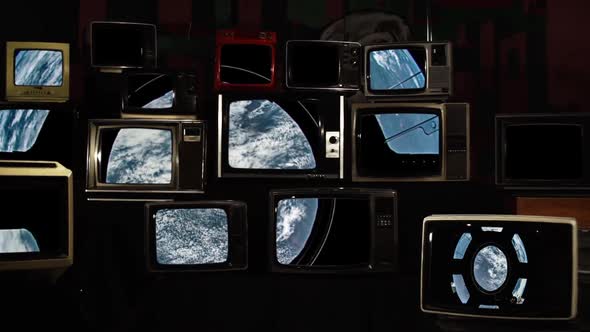
The Cupola (ISS module) is an ESA-built observatory module of the International Space Station (ISS). Its seven windows are used to conduct experiments, dockings and observations of Earth. It was launched aboard Space Shuttle Endeavour’s mission STS-130 on 8 February 2010, and attached to the Tranquility (Node 3) module. With the Cupola attached, ISS assembly reached 85 percent completion. The Cupola’s central window has a diameter of 80 cm (31 in). The Cupola provides an observation and work area for the ISS crew giving visibility to support the control of the space station remote manipulator system and general external viewing of Earth, celestial objects and visiting vehicles. Its name derives from Italian word cupola, which means “dome”. The Cupola project was started by NASA and Boeing, but canceled due to budget cuts. A barter agreement between NASA and the ESA resulted in the Cupola’s development being resumed in 1998 by ESA. The Cupola is important to astronauts aboard the ISS, who enjoy using the module to view and photograph the Earth. Cupola replaced the Russian Zvezda for such photographs. Previously they looked out of small portholes, or at best the 20-inch (50 cm) window in the US Destiny laboratory. The Cupola is berthed onto the Earth-facing port of the Tranquility module. Because of its shape and multi window configuration the Cupola has been compared to the cockpit window of the Millennium Falcon. Zoom In. Elements of this video furnished by NASA. Full HD.
